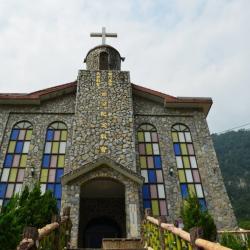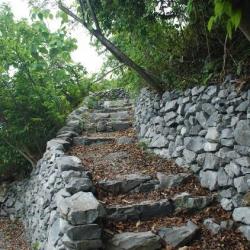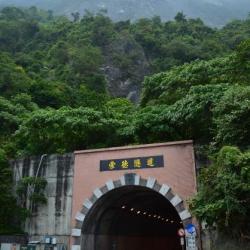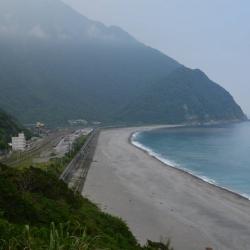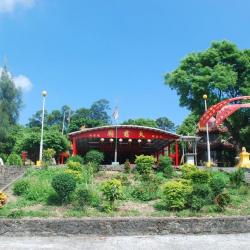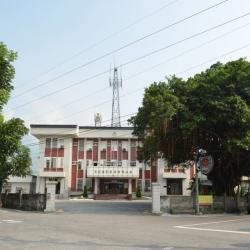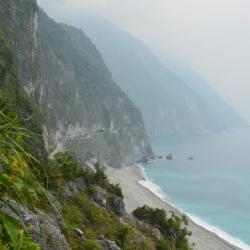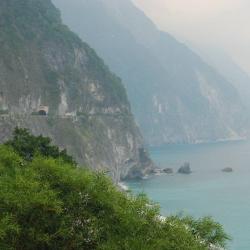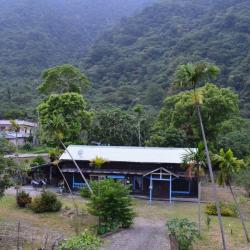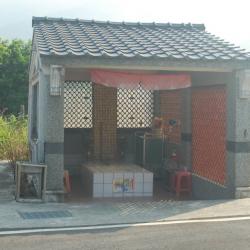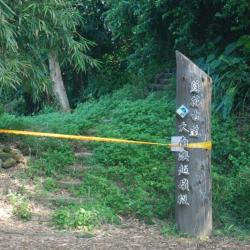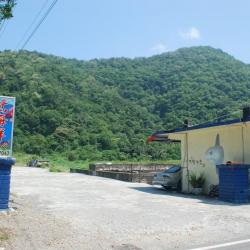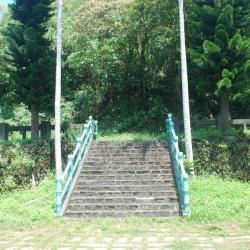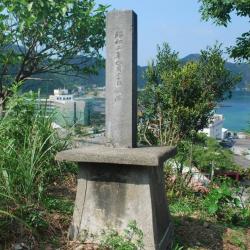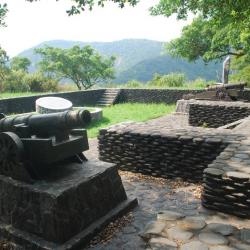The Suhua Historic Trail, which runs through Suao Town in Yilan County and Hualien City in Hualien County, was first excavated in 1874 (Qing period) and completed in the same year. It is about 115 km long and was the first land route that went directly to Hualien. It starts from Su'ao in the north and reaches Hualien Port in the south. This trail and the Suhua Linhai Historic Trail, which was built during the Japanese occupation, are two very different routes, although some sections overlapped one another.
After the Suhua Linhai Historic Trail was built in the early days of the Japanese occupation, it was widened for car traffic. Today, the Yilan section of the Suhua Historic Trail still exists. Only the section near Dananao was repaired. The Suhua Linhai road, which was off a cliff, has been widened and rebuilt many times. It was then replaced with tunnels to prevent danger caused by falling rocks.
- - / -
- - - -
- -
- -/-
- -

